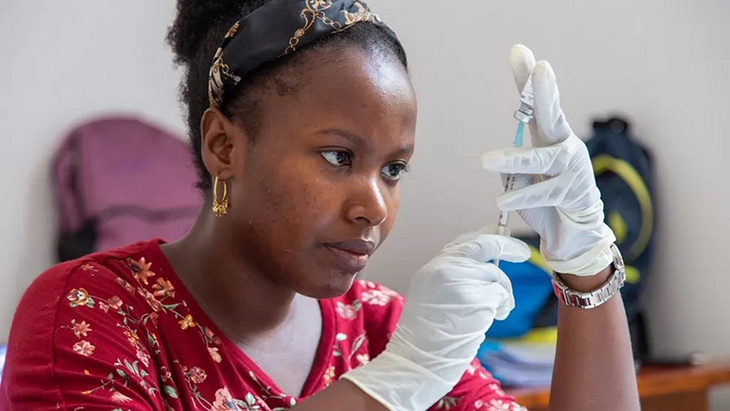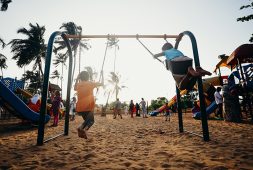
Oxford’s latest malaria vaccine, R21, has demonstrated not only its efficacy in preventing malaria in children but also boasts a more accessible production process and a lower price tag, promising increased protection for numerous African countries.
The World Health Organization (WHO) recently endorsed the R21/Matrix-M vaccine, marking the second malaria vaccine recommendation in two years, following the RTS,S/AS01 vaccine in 2021.
Both vaccines have exhibited safety and effectiveness in shielding children from malaria a lethal disease that claimed the lives of 619,000 individuals in 2021 alone. The widespread implementation of these vaccines is anticipated to make a substantial public health impact in the African Region, where malaria is predominantly transmitted by mosquitoes.
Despite a high demand for malaria vaccines, the availability of the RTS,S vaccine is constrained. The introduction of the R21 vaccine is poised to address this supply limitation, potentially benefitting all children residing in malaria-endemic areas.
“As a malaria researcher, I used to dream of the day we would have a safe and effective vaccine against malaria. Now we have two. Demand for the RTS,S vaccine far exceeds supply, so this second vaccine is a vital additional tool to protect more children faster, and to bring us closer to our vision of a malaria-free future,” said Dr. Tedros Adhanom Ghebreyesus, WHO’s Director-General.
The WHO Regional Director for Africa underscores the potential of the second vaccine to bridge the supply gap, safeguarding hundreds of thousands of young lives across the continent.
Finding from the ongoing R21 vaccine clinical trial and related studies highlight several key aspects:
- High efficacy when given just before the high transmission season: In areas with highly seasonal malaria transmission (contained to 4-5 months per year), the R21 vaccine was shown to reduce symptomatic cases of malaria by 75%during the 12 months following a 3-dose series.
- A fourth dose given a year after the third maintained the vaccine’s efficacy. This high efficacy is similar to that demonstrated when RTS,S is given seasonally.
- Good efficacy when given in an age-based schedule: The vaccine showed good efficacy (66%) during the 12 months following the first 3 doses. A fourth dose one year after the third maintained efficacy.
- Cost effectiveness: R21 costs just $2-4 per dose, compared to RTS,S, sold under the name of Mosquirixby London pharmaceutical company GSK, which costs around $9.80 per dose, according to Nature.
- Safety: The R21 vaccine was shown to be safe in clinical trials; and safety monitoring will continue.
Although the WHO-recommended vaccines have not undergone a direct head-to-head trial for performance comparison, the selection of the vaccine for each country will be influenced by programmatic considerations, vaccine availability, and affordability.
At least 28 African countries intend to incorporate one of the malaria vaccines into their national immunization programs, with Gavi, the Vaccine Alliance, providing technical and financial support in 18 of these nations. The rollout of the RTS,S vaccine is scheduled for early 2024 in some African countries, while R21 is expected to be available to countries by the middle of the following year.



